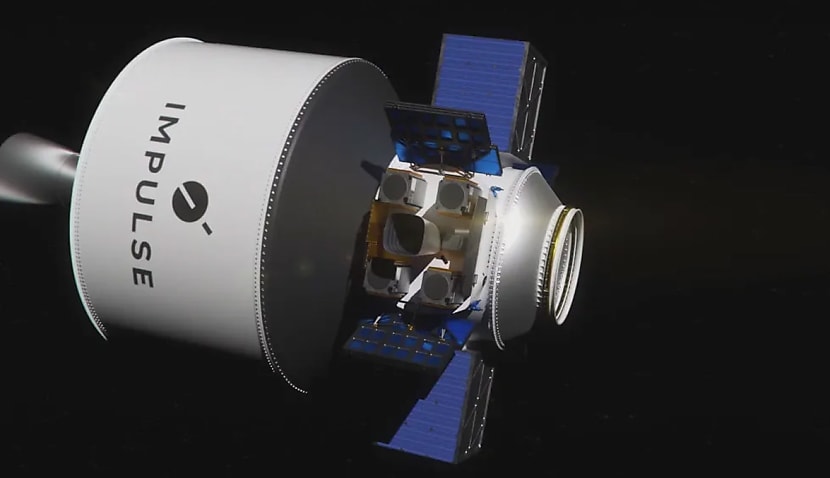Founded by former SpaceX engineer Tom Mueller, Impulse Space aims to close a key gap in lunar transport capability delivering mid-sized payloads between half a tonne and 13 tonnes, such as rovers, communication relays and habitat modules.
While NASA’s Commercial Lunar Payload Services program focuses on smaller payloads, and its Human Landing System targets much larger human-rated missions, Mueller said there’s an urgent need for medium-capacity, cost-effective cargo solutions to build a sustained lunar presence.
“A thriving space economy needs sustained presence, resource utilisation and lower mobility costs. Improving access to the moon advances all three,” Mueller said.
Under Impulse’s proposed mission design, Helios would launch aboard a medium or heavy-lift rocket, carrying the lunar lander as a payload. Once in low-Earth orbit, Helios would act as a transfer stage, ferrying the lander to low lunar orbit within a week. The lander would then detach and descend to the moon’s surface without needing in-space refuelling.
Each Helios–lander mission is expected to deliver about three tonnes of cargo to the surface, with two flights per year planned from 2028.
Impulse said the design offers several advantages: it relies on flight-proven rockets, significantly reducing mission risk; uses components with existing spaceflight heritage; and leverages the company’s vertically integrated production model, where most systems are built in-house, from propulsion to avionics.
Engine development for the lunar lander is already underway. Drawing on experience from Impulse’s Mira spacecraft, the new engine will use a nitrous oxide and ethane bipropellant, proven to perform reliably in vacuum conditions without boil-off risk.
Mueller believes this combination of speed, affordability and reliability could play a key role in establishing the moon as a hub for human and industrial activity.
“Going to the moon is hard,” he said. “But we’ve built the expertise and momentum to make it achievable – and to accelerate humanity’s future beyond Earth.”

